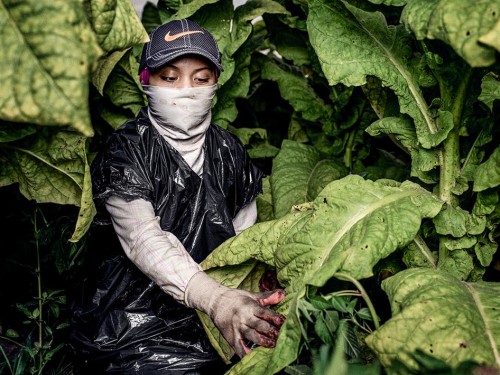10 Facts about Child Labor in Turkey’s Hazelnut Production
- Child labor in Turkey remains prevalent. In 2012, around 900,000 children worked in Turkey. 45 percent of Child laborers worked in agriculture. Children make up to 8.5 percent of the workforce in hazelnut supply chains.
- Two to three million Turkish agricultural workers derive some income from hazelnut production. Seasonal agricultural workers are especially dependent on hazelnut production.
- The majority of these harvesters are from the southeast region of Turkey which borders Syria. However, hazelnuts are grown throughout the eastern and westerns regions along the Black Sea, requiring harvesters to migrate throughout the season. Syrian refugee children and other immigrant children are vulnerable to exploitation in the agricultural sector.
- Syrian refugee and other children were also vulnerable to exploitation in the agriculture sector, where Syrian families tended to receive lower pay and live in worse conditions than Turkish workers.
- Migratory workers tend to travel with their families. Children often work in the fields with their parents to increase their family income. However, the harsh nature and span of seasonal migratory work inhibit the development of these children.
- 90 percent of hazelnut harvesters work 11 hours per day; 99 percent of harvesters work 7 days a week. Children often work the same hours as their parents and are often, unable to attend school. Even when a child is not working alongside their parents, the migratory nature of seasonal agricultural work does not allow children to consistently attend school.
- Seasonal migrant laborers involved in the hazelnut supply chain are typically involved in other agricultural supply chains. 16 percent of seasonal hazelnut harvesters are involved in the sugar beet industry, 38 percent are involved in the apple industry, 34 percent are involved in the citrus industry, 27 percent work in the potato industry.
- The workers are highly depending on the subcontractors. Although Turkish law requires all labor contractors to register with the Turkish Employment Agency, study shows that only 15 if the 277 labor contractors are registered. Limited government supervision of labor contractors perpetuates labor abuses such as child labor, poor working conditions, and low wages.
- Usually, workers cede around 8 to 10 percent of their income to labor contractors.
- Turkey is the world’s leading source of hazelnut production; hazelnuts account for 20 percent of Turkey’s agricultural exports and supplies around 70 percent of the total world supply.
- In Turkey, employment under the age of 14 is banned by law.
Sources:



